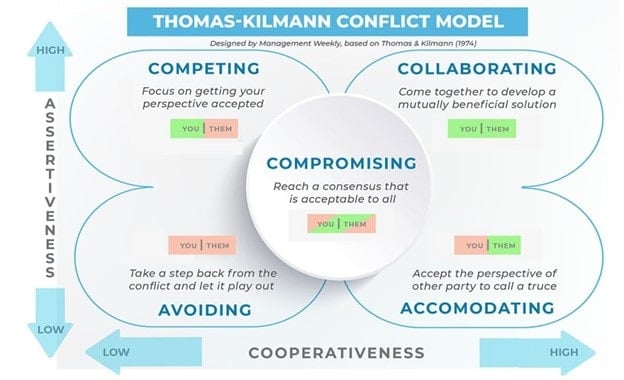Conflict Resolution Techniques for Handling Challenging Customer Interactions

Taming the Tiger: Conflict Resolution Techniques for Handling Challenging Customer Interactions
We’ve all been there: a customer’s voice rises, their frustration spills over, and the air thickens with tension. Navigating these challenging customer interactions is a crucial skill for anyone in a service-oriented role. But instead of letting the situation escalate, mastering conflict resolution techniques can transform these moments into opportunities for customer satisfaction and loyalty.
Here are some proven strategies for handling those tricky customer interactions:
1. Active Listening: The Foundation of Understanding
The first step is to truly understand the customer’s issue. Active listening involves not just hearing their words but also paying attention to their body language and emotions.
- Paraphrase and Summarize: Repeat back what you’ve heard to ensure understanding. “So, it sounds like you’re frustrated because…”
- Ask Open-Ended Questions: Encourage them to elaborate. “Can you tell me more about what happened?”
- Avoid Interruptions: Let them fully express their concerns before offering solutions.
2. Empathy: Bridging the Gap
Empathy is the key to building rapport and diffusing anger.
- Acknowledge Their Feelings: Validate their emotions without agreeing with their perspective. “I understand you’re feeling frustrated right now.”
- Show You Care: Use non-verbal cues like nodding and maintaining eye contact to convey empathy.
- Avoid Defensiveness: Don’t take their anger personally. Instead, focus on finding a solution.
3. Finding Common Ground
Instead of focusing on the differences, find areas of agreement.
- Identify Shared Goals: “We both want to make sure you have a positive experience.”
- Frame Solutions Positively: Instead of saying, “This is what we can’t do,” say, “Here are the possibilities we can explore.”
- Focus on Solutions, Not Blame: Shift the conversation from pointing fingers to finding workable solutions.
4. De-escalation Tactics: Calming the Storm
When emotions run high, take steps to de-escalate the situation.
- Use a Calm and Patient Tone: Your voice and demeanor will influence the customer’s response.
- Take a Break: If the conversation becomes too heated, politely suggest a brief pause. This allows both parties to cool down.
- Offer a Solution: Even if it’s not ideal, present a solution to show you’re taking action. This can defuse the situation.
5. The Power of Apologies
Sometimes, a sincere apology goes a long way.
- Acknowledge Mistakes: If your company made an error, admit it and take responsibility.
- Express Regret: Show genuine remorse for their negative experience.
- Offer Compensation: Consider offering a small gesture of goodwill, like a discount or a free service.
6. Documenting the Interaction
After the interaction, document the key points, including the customer’s concerns, the solutions offered, and the resolution. This helps ensure consistency and provides valuable data for future improvements.
7. Continual Learning
Conflict resolution is a continuous learning process. Reflect on your interactions, identify areas for improvement, and seek out training opportunities to sharpen your skills.
By mastering these conflict resolution techniques, you can transform challenging customer interactions from stressful confrontations to opportunities to build stronger relationships and cultivate loyal customers. Remember, your goal is not just to resolve the immediate issue, but to leave the customer feeling heard, valued, and satisfied.

